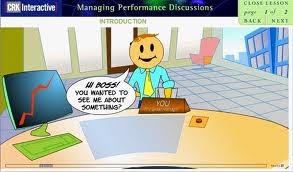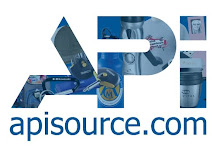Think about the feel of luxury and modern style, think about uniqueness, top of the line items. If you don't get items that people would want to spend hard earned money on, any program you do will not reach it's full potential. These products are of superior quality
, they are services that offer a quality of uniqueness and exclusivity, they are valued by people who are admired and respected and these products and services make owners and prospective owners feel special. So what exactly is luxury? Most people reply "It's not something I would usually budget for to purchase for myself but something I would love to have or experience."
Even more important than the luxury itself is the experience of being rewarded. When you give something to a client or employee they will remember, and it makes them feel good. The simple fact is, if you are not rewarding your staff they are not performing at their highest potential. If you are not making clients feel good and important, they are not spending all their money with you. And let's not forget, happy employees always equate to happy customers.

We are in a time that utilizes "stealth wealth". The once popular shopping bags covered in LVLVLV are now plain black bags. People are budgeting for family camping trips and not flights to Aruba. An expensive night out is now a quiet evening in. Your job is to get it right. You should always offer varying items or services so that everyone feels the pull of motivation on their belts and the fire of competition under their bottoms. You wouldn't want to hand your vegan client a gift card to Ruth Chris. You wouldn't put a $25,000 men's Ebel watch in a program at Mary Kay. Think long term and reward those goals to obtain lasting success.
There are of course key ingredients to making something like this work all the time. First you need a clear objective. What is it exactly that you are trying to achieve? Make sure what you want is realistic, fair and consistent. Objectives and qualifications have to be clearly communicated to your targets. If training is needed you have to factor that in as well. Determine appropriate and desirable incentive opportunities. Your awards should be compelling and relevant to the participants and when people win them, the awards should be presented as soon after the achievement as possible. You will also want to maintain ongoing communications about the program and get feedback from whoever you are targeting. Analyze the results to improve the program.
If you can answer the following questions you should consider yourself ready to start your luxury program. Do they (your target) feel that the program will be worth it? How can people actually gain from this system? Is this something we have enough safeguards for, or can people cheat the system? And, ask yourself, do you think this program will be positive in moving ahead and improving performances?
You may also want to consider that you should add or create changes to the program to keep people's attention but too much will confuse people. One thing that gets people really excited about a new program is adding a short term achievement goal to kick start it. When the staff or clients are thinking to themselves "Can I really win anything," and then find themselves awarded suddenly it gets them excited. This excitement will lead to momentum, keeping them pumped and prepared to excel beyond the normal everyday habits. Try to avoid common mistakes such as thinking "one size fits all." Your program should reflect the culture around you, either with the company you work within or your clients. You should not rely only on incentive programs to keep people happy and performing at capacity and above all else, don’t try to do too many things at once. Keep it focused!
If you do all of these things your program will be a success. You will have happy employees, thrilled clients, excitement surrounding you and improvement all around.
Now let's talk about what you can to do to find your luxury. When you are ready to add luxurious items to your program at any price point you may want to consider the following suppliers:
Bose: www.bose.com/incentives
Canon: www.usa.canon.com/corporategifts
Citizen Watch Co: www.citizenwatch.com
Godiva: www.godiva.com/business
Mavado Group Inc: www.movadoincentives.com
Omaha Steaks: www.osincentives.com
Sony: www.sony.com/motivation
Steuben: www.steuben.com
Tumi: www.tumispecialmarkets.com









